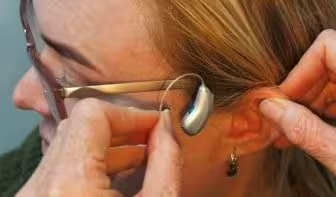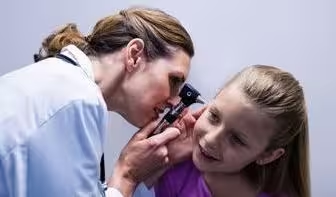Complete Speech & Hearing Care Services.
AUDIOLOGICAL SERVICES

Cochlear Implant:
Best Selection, Mapping and Rehab facilities under one roof.

Hearing Aids (of Latest Digital Series):
Behind the ear (BTE), In the canal (ITC), Completely in the canal (CIC), Receiver in the cabal (RIC/CRT).

Proper Diagnostics & Checkup:
Experienced therapist to perform mandatory check ups & suggest suitable treatment.